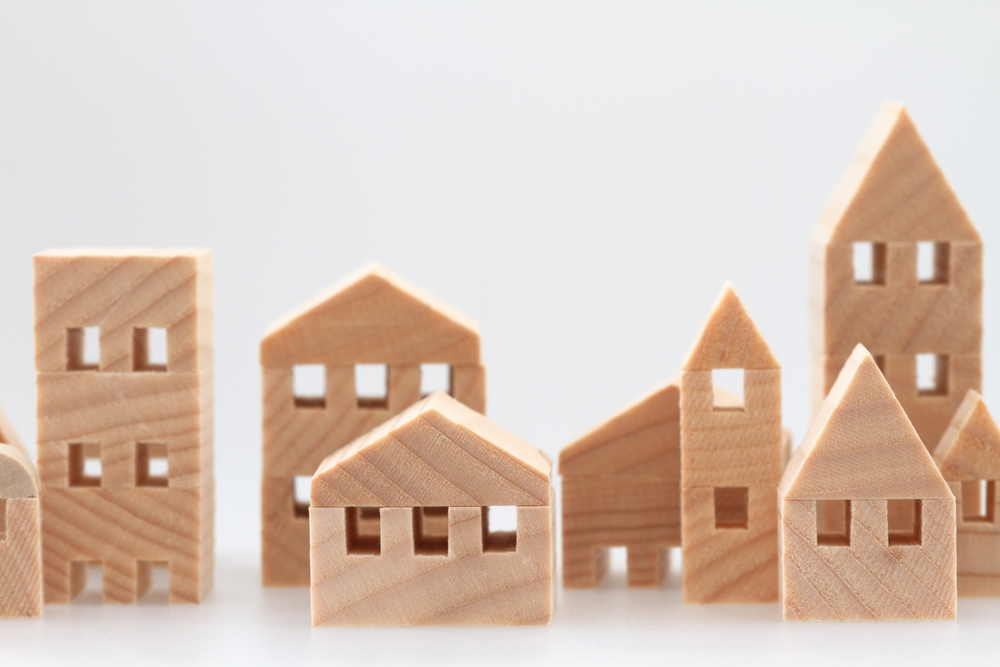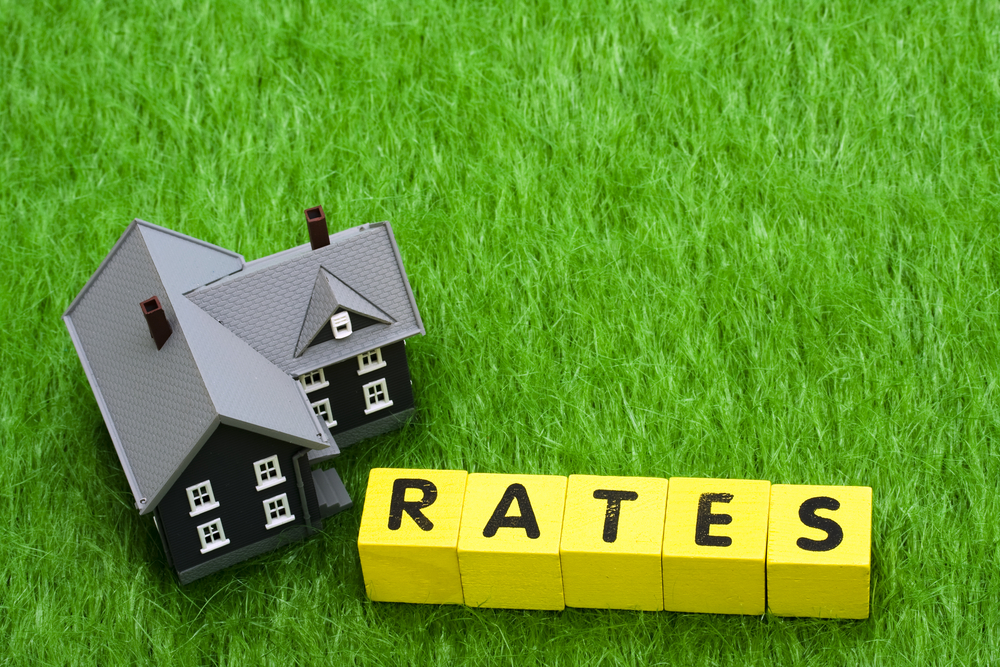
First the local knowledge and experience of the surveyor who will often know instinctively whether a stated purchase price or estimated value is realistic; secondly the justification which needs to be recorded on the file including the comparable market evidence. The best comparables are closely similar properties nearby with confirmed, recently completed, sales but if these ideal comparables are not available then other evidence will be considered.
In normal times this other evidence might include details of sales where contracts are exchanged but not completed, sales agreed but where contracts have yet to be exchanged (“under offer”) or properties of a similar type but further away with some adjustment being made for the differences in location. Information relating to sales during the last year or so will be assessed. The surveyor will record a rationale on the file noting which comparables have been used, what adjustment have been made to reflect differences and how this all relates to the property being valued.
In some cases it may be appropriate to look at sales evidence where the properties concerned vary significantly in size and then undertake an analysis on the basis of floor area. In many parts of the world agents advertise flats in particular on the basis of a price per square metre. However it can be dangerous and misleading to devalue sales and apply a floor area rate alone because floor space on its own is just one of a multitude of factors affecting value particularly here in the U.K.
All this is pretty much standard procedure in normal times providing surveyors with a useful framework within which to work supported by advice and guidance from the Royal Institution of Chartered Surveyors {RICS} and mortgage lenders will be reassured in the knowledge that valuations are being well researched and arrived at by a logical and sensible process.
These have not been normal times and there has been a very sudden change in the economic outlook so surveyors have now been challenged to provide valuations in a new market. A collection of comparables consisting of sales agreed or completed before the lockdown will be irrelevant to the market post lockdown. In a sense surveyors have to start from scratch and value using only post lockdown market evidence.
Initially there will not be much post lockdown sales evidence so the rationale will need to include notes of conversations held with vendors, purchasers and agents. We will be looking at the sales experience where houses or flats were on the market pre lockdown and offers were made. Were these offers subsequently withdrawn or revised?
Evidence from local agents may provide a useful handle on how the local market reacted to lockdown and if there has been a measureable percentage reduction in prices.
The surveyor’s local knowledge will also be invaluable in assessing any specifically local effect. There is considerable anecdotal evidence to suggest that the local property market in a town reliant on a specific industry or employer will be especially vulnerable with house prices likely to fall. On the other hand similar, as yet untested, reports suggest that the values of some properties in rural areas may be holding up well and even increasing as remote working from home becomes more popular and workers experience the fresh air and enjoy not having to commute into the city.
The surveying profession has seen similar sudden changes in the property market in the past during recessions and is well able to deal with this one. After a process of adjustment the market will settle and conventional robust comparable market evidence will once again become available.
Peter Glover is a Chartered Surveyor and author of BUILDING SURVEYS and BUYING A HOUSE OR FLAT



